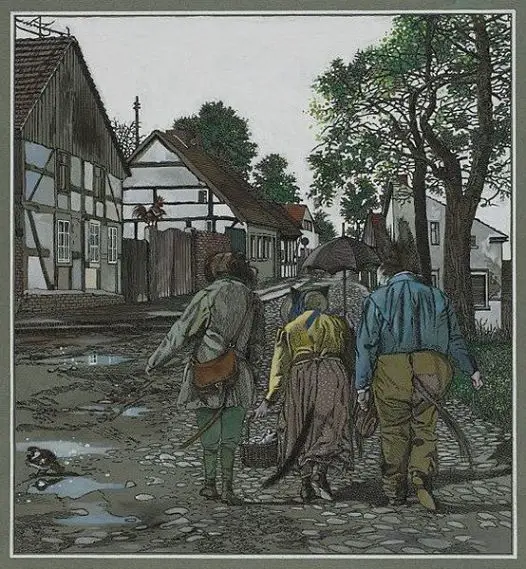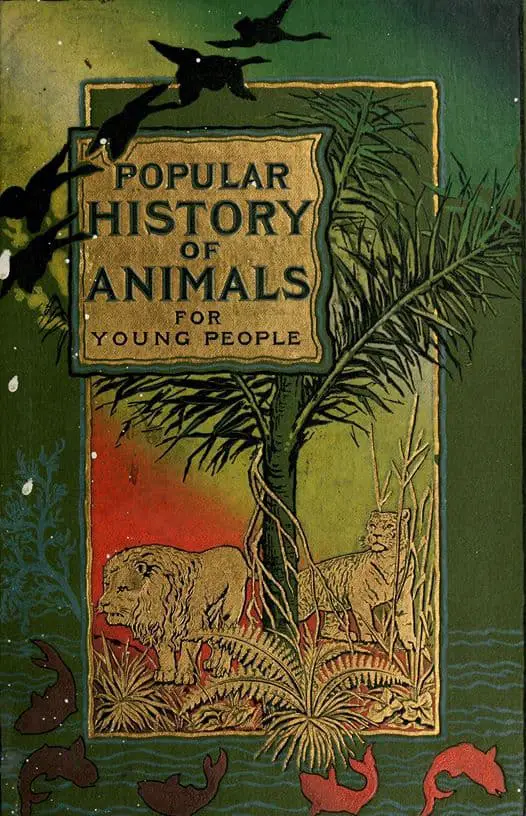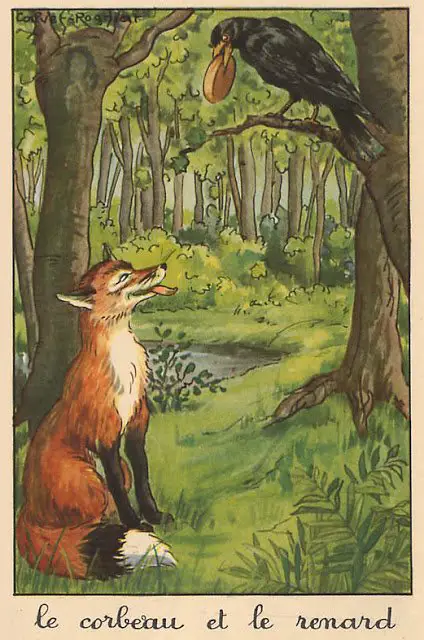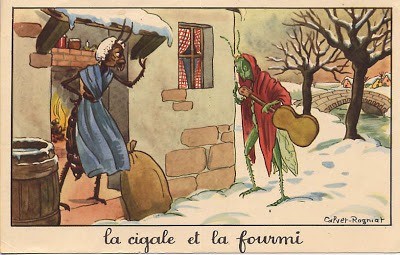Why are there so many animal characters in children’s literature? A better question might be: Why so many humans? As Barbara Ehrenreich observes when writing about a 1940s discovery of cave paintings, early humans spent much more time rendering their cave wall paintings of animals. The humans are ‘humanoid’: crude stick figures.
If the Paleolithic cave painters could create such perfectly naturalistic animals, why not give us a glimpse of the painters themselves? Almost as strange as the absence of human images in caves is the low level of scientific interest in their absence.
Barbara Ehrenreich, The Guardian
In contemporary animal stories for children, characters are often anthropomorphised. But how much? Which animal characteristics do authors allow them to keep, and why?
We might plot ‘degree of animal-ness’ on a continuum.
A CONTINUUM OF ANIMAL-NESS IN ANIMAL STORIES
- Those portraying animals in their natural environment and only partially allowing them human-like abilities (Black Beauty, Tarka The Otter, Watership Down, the books of Ernest Thompson Seton and Henry Williamson and John and Jean George). Disadvantages: We can’t know what it’s really like to be an animal — any ‘naturalistic’ story is therefore speculative.
- Those portraying anthropomorphic animals—talking, wearing clothes, thinking and behaving like humans—in separate communities, with or without contact with humans (The Wind In The Willows, Beatrix Potter’s stories*, Charlotte’s Web, The Hundred and One Dalmatians, and, to go beyond the English language sphere, Little Tiger and Little Bear stories). Disadvantages: These stories can easily degenerate into sentimentality and whimsy and even falsehood. ‘Nice’ animals tend to be furry ones; ‘nasty’ animals tend to be slimy/snappy/unacceptable. Wolves have been much victimised as evil baddies, which has contributed to their perilously low present day numbers.
- Those portraying anthropomorphic animals living among humans, as friends or intelligent pets (Babar, A Bear Called Paddington, Purrkin the Talking Cat)
- Those which are humanized or semi-humanized. The Anansi animal stories of Africa/The West Indies: there’s often confusion between humans and animals. Also, the animals have broadly human attributes which are nonetheless modified by their animal characteristics. Western folktales are full of humanized animals. There’s often camaraderie/cousinship between humans and animals. A lack of clear distinction between animals and humans seems to be an early developmental stage in children.
The notes above are from Maria Nikolajeva, From Mythic To Linear: Time in children’s literature and from ‘Articulate Animals’ in John Rowe Townsend’s Written for Children.
Some people call stories with humanised animals “Beast Tales”. Beast tales are different from fables because there’s no moral. (Fables by definition are didactic.) In children’s stories, humanised animals are sometimes used to comic effect, but they are sometimes downright creepy. Often it depends on the illustrator.

*Beatrix Potter varied the degree of anthropomorphism depending on the needs of the story. For instance, in The Tale of Tom Kitten, the kittens are more like human children and the ducks behave more like ducks. This is to get the most from the comedy of ducks walking on land.

RELATED
- Why so many animals in picture books?
- Even animal characters can still be white dudes
Header: Popular history of animals for young people. 1895.












